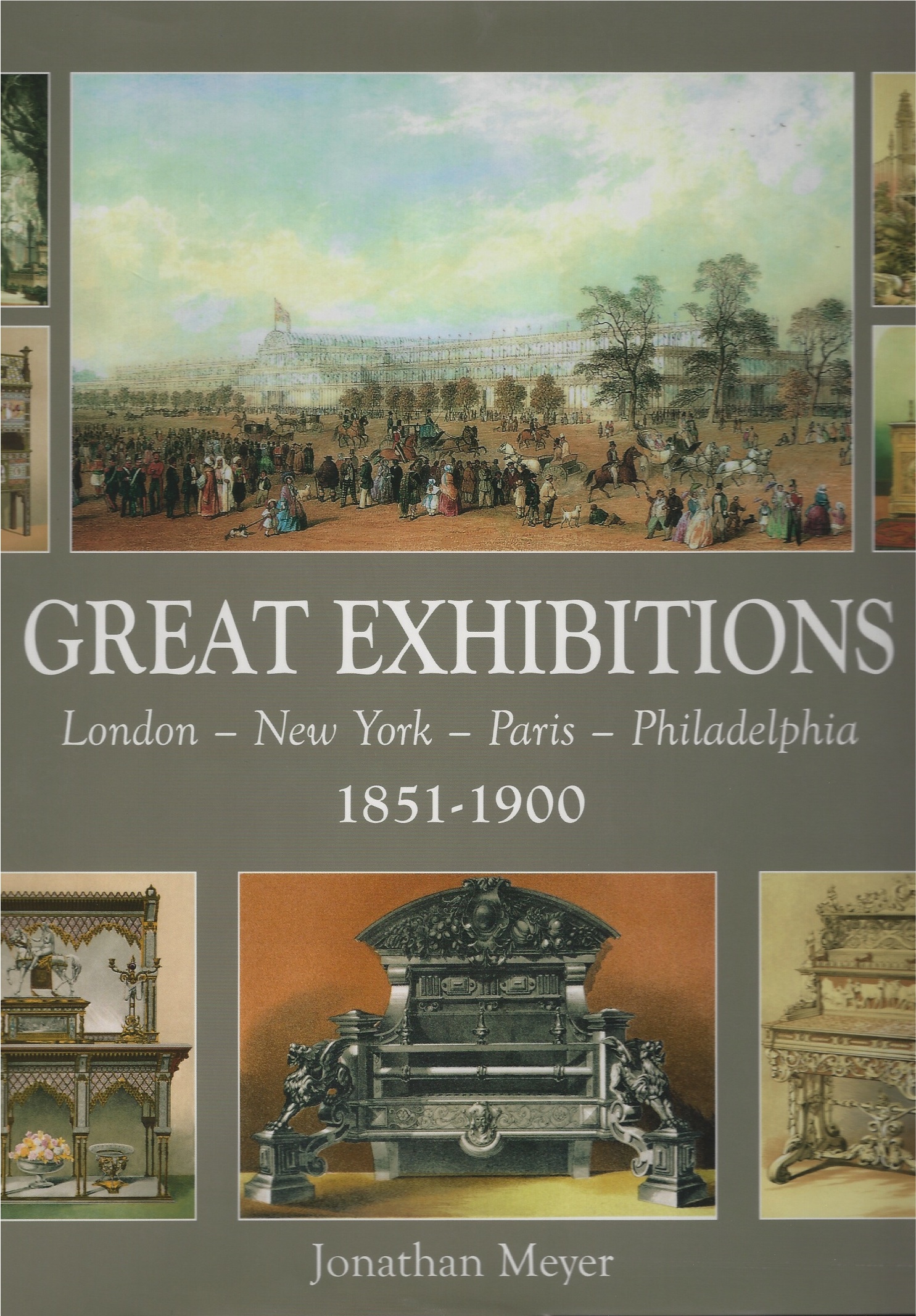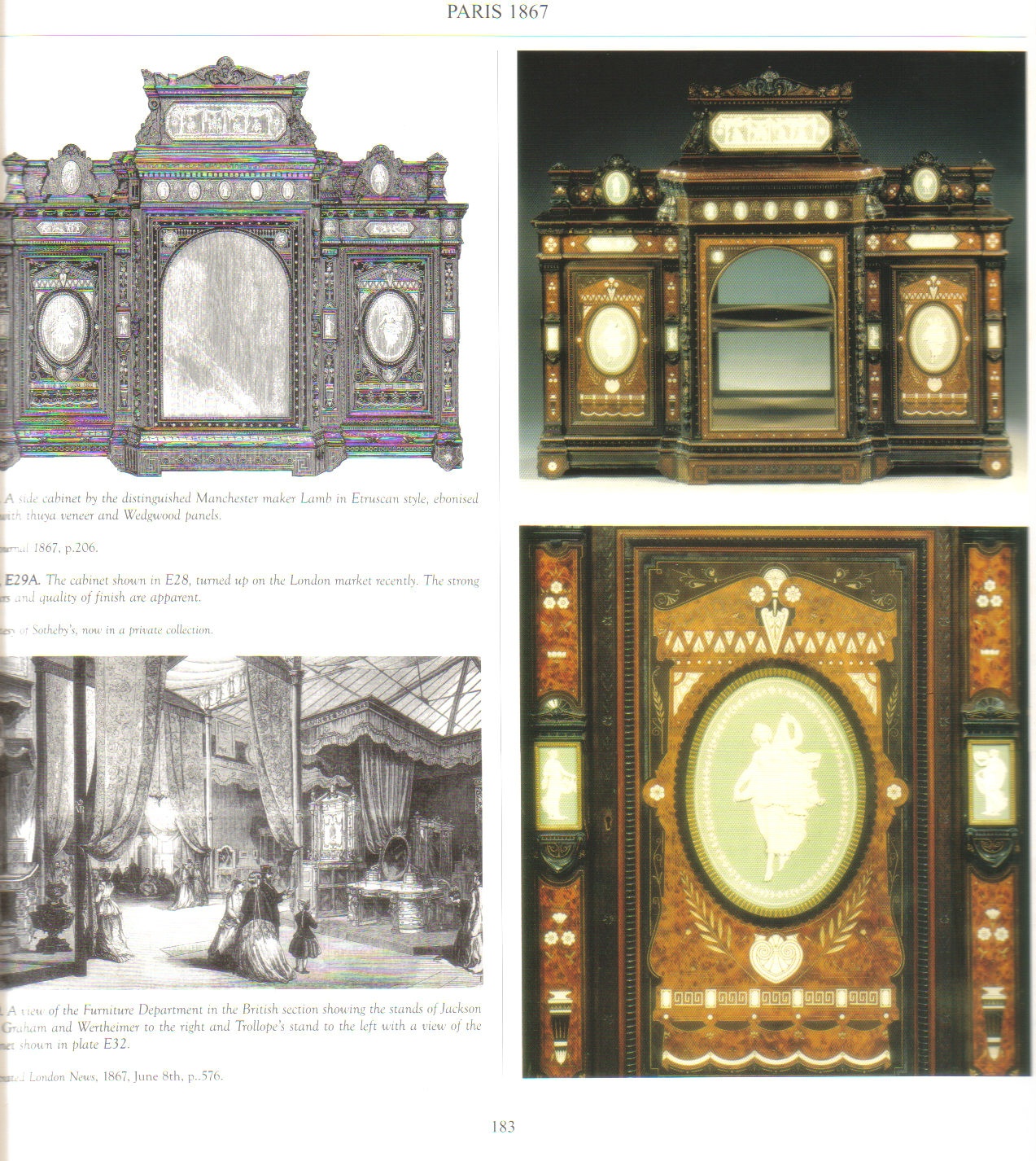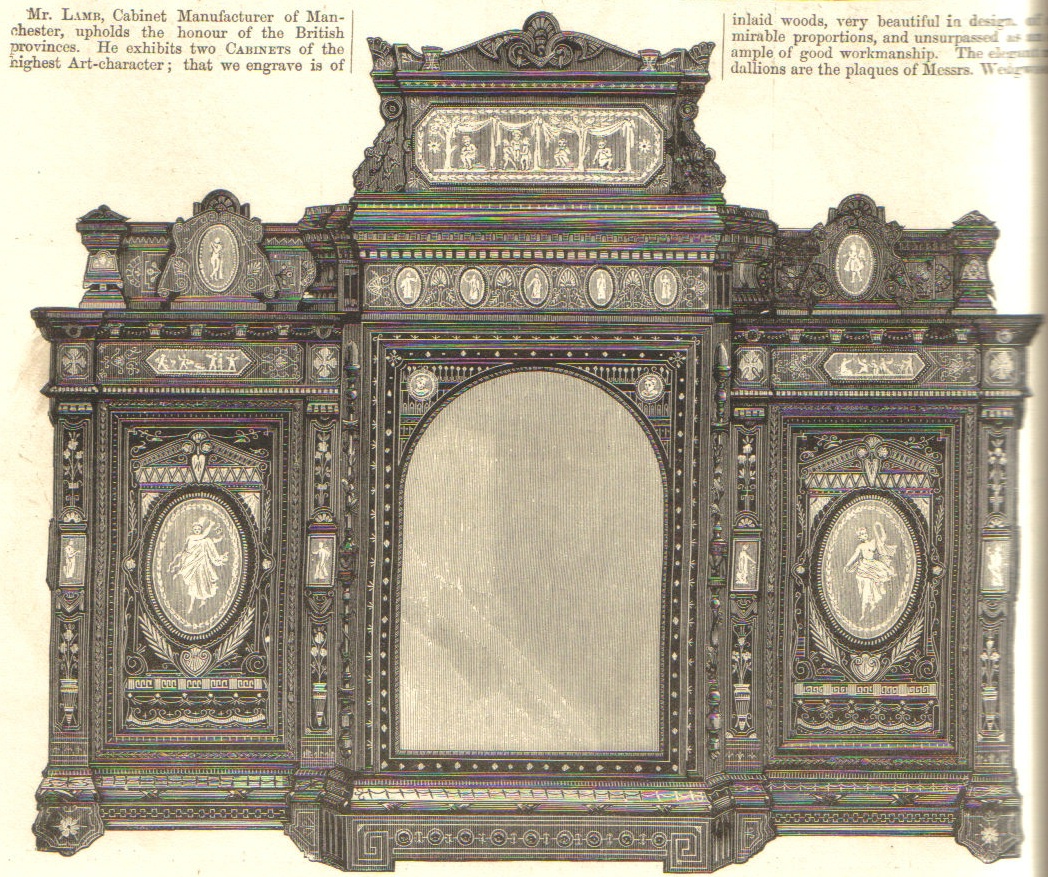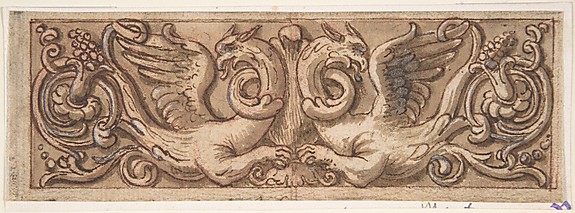An Exhibition Quality Ebony, Purplewood, Sycamore and Ivory Marquetry Credenza
By Lamb of Manchester, circa 1850
Veneered in ebony, with ivory stringing, griffins and foliage on a coramandel ground, the doors with classical figures flanked by columns and concave mirror shelves, with gilt-bronze mounts throughout, opening to reveal three original purple velvet-lined shelves, stamped to the door LAMB MANCHESTER 4611
46 in (117 cm) high, 84 ½ in (215 cm) wide, 18 ½ in (48 cm) deep
cf. The Illustrated Catalogue of the Universal Exhibition Published with the Art Journal, 1867, p. 206
Simon Jervis, Victorian Furniture, London 1968, p. 60, pl. 56
46 in (117 cm) high, 84 ½ in (215 cm) wide, 18 ½ in (48 cm) deep
cf. The Illustrated Catalogue of the Universal Exhibition Published with the Art Journal, 1867, p. 206
Simon Jervis, Victorian Furniture, London 1968, p. 60, pl. 56
James Lamb (1817-1903) was the leading Manchester cabinet-maker of his day. Established in 1843, his firm gained a national and international reputation in the early 1860s, when in common with the Leeds firm of Marsh and Jones, he employed the innovative freelance designers Charles Bevan and Bruce Talbert. Lamb of Manchester became known for high quality materials and workmanship. Lamb profited from a wealthy clientele in Manchester and other prosperous towns in the North of England. His furniture was praised at several international exhibitions, including the Paris Exposition in 1867 and again in 1878 when a Gold Medal was received.
Other examples of Lamb furniture include a chiffonier of Hungarian ash, circa 1870, in the collection of the Victoria and Albert Museum, (illustrated Simon Jervis, Victorian Furniture, London 1968, p. 60, pl. 56), and a lacquer-mounted sécrétaire from the mid-1870s (illustrated Jeremy Cooper, Victorian and Edwardian Furniture and Interiors, Thames and Hudson 1987, pl. 294). A side cabinet comparable to the present example, also circa 1870, is illustrated by Florian Papp, (English Aesthetic Furniture (1860-1880), 1986, p.1) and is reputedly of similar design to the side cabinet designed by Bevan which the firm sent to the Paris International Exhibition of 1867.





















